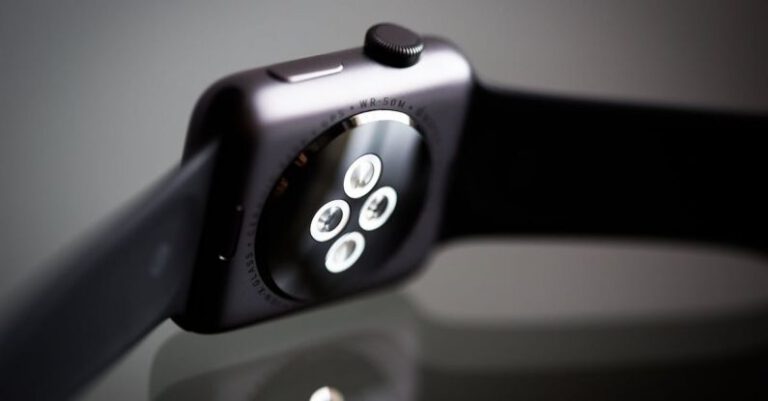What’s the Role of Wearables in Chronic Disease Management?
Chronic diseases are a significant health burden worldwide, affecting millions of individuals and posing challenges to healthcare systems. Managing chronic conditions requires continuous monitoring, timely intervention, and patient engagement. Wearable technology has emerged as a promising tool in the management of chronic diseases, offering real-time data collection, personalized insights, and improved patient outcomes. Let’s delve into the role of wearables in chronic disease management and how these devices are revolutionizing healthcare.
**Empowering Patients with Real-Time Data**
One of the key advantages of wearables in chronic disease management is their ability to provide real-time data on various health parameters. These devices can track vital signs, activity levels, sleep patterns, and other relevant metrics, allowing patients to monitor their health status continuously. By having access to this data, individuals with chronic conditions can gain valuable insights into their health trends, detect any anomalies early on, and make informed decisions about their care.
**Facilitating Remote Monitoring and Care**
Wearable technology enables remote monitoring of patients with chronic diseases, reducing the need for frequent hospital visits and improving access to care. Healthcare providers can receive real-time data from wearables, allowing them to track patients’ progress, adjust treatment plans as needed, and intervene promptly in case of any health concerns. This remote monitoring capability not only enhances patient convenience but also enables proactive management of chronic conditions, leading to better health outcomes.
**Promoting Patient Engagement and Adherence**
Engaging patients in their care is crucial for effective chronic disease management, and wearables play a significant role in promoting patient engagement. These devices provide patients with personalized feedback, reminders, and incentives to adhere to their treatment plans, adopt healthy behaviors, and stay motivated on their health journey. By empowering patients to take an active role in managing their chronic conditions, wearables help improve treatment adherence, lifestyle choices, and overall health outcomes.
**Enhancing Personalized Care and Precision Medicine**
Wearable technology contributes to the advancement of personalized care and precision medicine in chronic disease management. By continuously collecting data on individual health metrics, wearables enable healthcare providers to tailor treatment plans according to each patient’s unique needs, preferences, and responses to therapy. This personalized approach allows for more effective interventions, better symptom management, and improved quality of life for patients with chronic diseases.
**Supporting Early Detection and Prevention**
Early detection of health issues and preventive interventions are key components of successful chronic disease management. Wearables can play a vital role in supporting early detection through continuous monitoring of health parameters and timely alerts for any deviations from normal values. By identifying potential health risks at an early stage, wearables enable proactive interventions, preventive measures, and better management of chronic conditions before they escalate.
**Promoting Long-Term Health and Well-Being**
In conclusion, wearables have become valuable tools in the management of chronic diseases, offering a range of benefits for patients, healthcare providers, and the healthcare system as a whole. These devices empower patients with real-time data, facilitate remote monitoring and care, promote patient engagement and adherence, enhance personalized care, support early detection and prevention, and contribute to long-term health and well-being. By harnessing the power of wearable technology, we can revolutionize chronic disease management, improve patient outcomes, and drive advancements in healthcare delivery.






